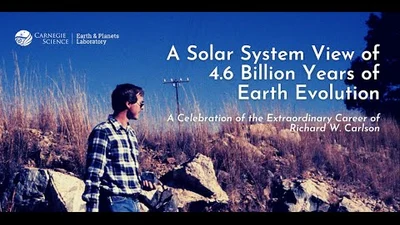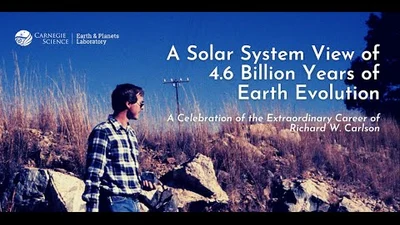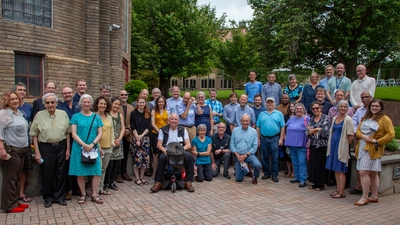Overview
Richard Carlson became the Director of the Department of Terrestrial Magnetism in 2014. In 2019, he oversaw the joining of the historic Department of Terrestrial Magnetism and Geophysical Laboratory to form the Earth and Planets Laboratory. Under his guidance, the division has hired its first three staff scientists, as well as two cohorts of incoming postdocs. Carlson’s steady and capable leadership has been further amplified throughout the COVID-19 pandemic, enabling the division to carry out a robust portfolio of on-site research while maintaining a high level of safety across campus.
Research

Carlson looks back on 41 years
"As the year ends, the desire to reflect on the past always surfaces. In this letter, I’ll be looking further back than usual as my 41 years of employment as a postdoc, staff scientist, and director at the Department of Terrestrial Magnetism (DTM) and now the Earth and Planets Laboratory (EPL) are coming to a close."
Read Rick's LetterCV
Recent Talks

Richard Carlson | The Impact of Early Earth Differentiation on the Modern World

Richard Carlson at GSA 2021

Earth's First Crust | Neighborhood Lecture Series

Rick Carlson on Probing the Early Solar System

The Formation and Evolution of Cratonic Lithospheric Mantle by Richard Carlson

Dr. Richard Carlson - Carnegie Institution of Washington

Oldest Known Rocks Discovered
RickFest
On December 31, 2021, after a 42-year-long career as a Carnegie scientist, Richard Carlson stepped down as the Director of the Carnegie Institution for Science’s Earth and Planets Laboratory (EPL). From May 18 - 20, 2022, we joined together with friends, colleagues, and the Carnegie community for a 3-day celebration in honor of former Earth and Planets Laboratory Director Richard Carlson to recognize his substantial contributions to science (and our lives!)




RickFest Recorded Sessions | Friday, May 20

RickFest Recorded Sessions | Thursday, May 19

Rick Fest Group Photo

Graham Pearson in front of slide

Rickfest Dinner
